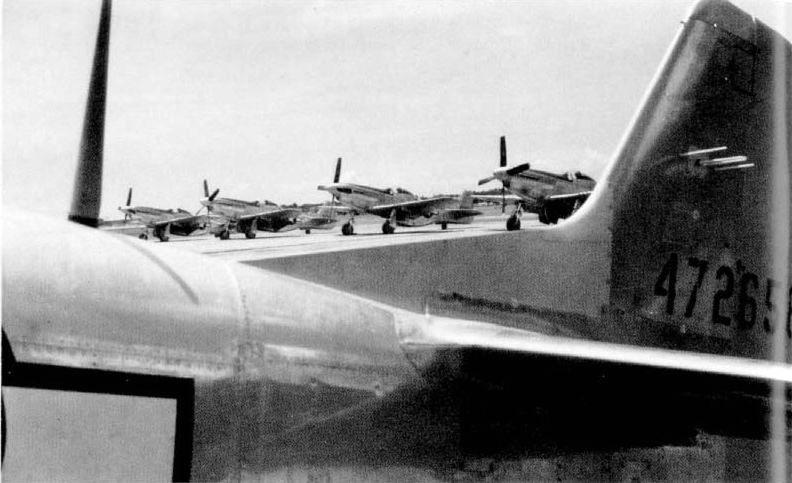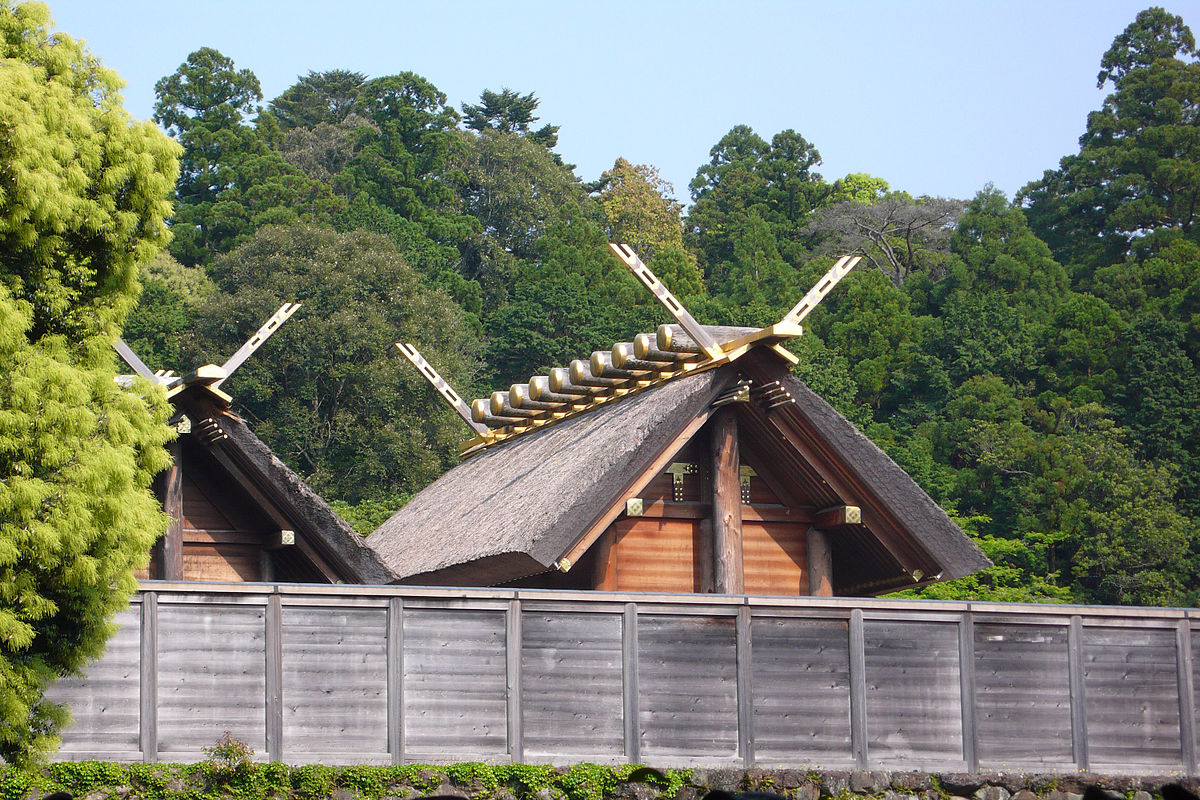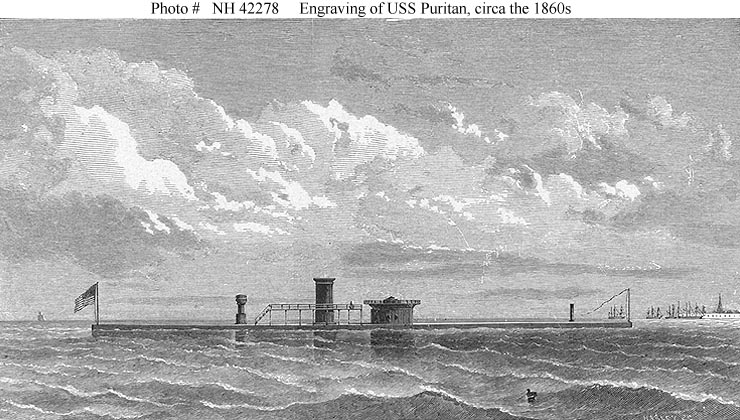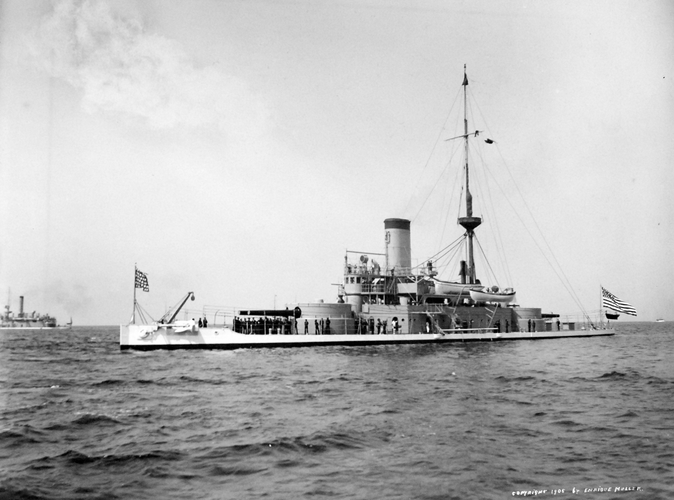- Joined
- 11 March 2012
- Messages
- 3,251
- Reaction score
- 3,179
This question arose during discussions about American Special Forces buying the Polish PZL MC-145B Wiley Coyote, twin-engined, light STOL transport with a bewildering array of sensors and weapons hanging from the nose, belly and wings. The belly pannier already makes it look fat.
By the third nose extension, it makes Cyrano de Bergerac's nose look dainty and petite in comparison.
At what point do engineers say "enough!" stop modifications at bulkhead XYZ and design an entirely new nose????????
I understand that the primary reason that the US military buys DHC-4 Cariboo, DHC-5 Buffalo, DHC-6 Twin Otters, Alenia G 111, Shorts Sherpa, Spartan C-27, etc. is because no American factories want to compete in the light twin STOL market.
As an aside, the US military gained foreign military sales approval for the similar-sized, brand-new, Cessna 408 Sky Courier mere days after it received FAA certification (spring 2022). Does this mean that the Cessna is better-sized for the mission or that the USA wants to "buy American," etc.
For an aside, we can continue the debate about when Boeing made too many minor changes to their 737 Max.
P.S. My professional background is in the parachute industry and I can tell you tales about dozens of minor changes forced upon the FAA to the point that no original parts will fit on the updated parachute harness/container.
By the third nose extension, it makes Cyrano de Bergerac's nose look dainty and petite in comparison.
At what point do engineers say "enough!" stop modifications at bulkhead XYZ and design an entirely new nose????????
I understand that the primary reason that the US military buys DHC-4 Cariboo, DHC-5 Buffalo, DHC-6 Twin Otters, Alenia G 111, Shorts Sherpa, Spartan C-27, etc. is because no American factories want to compete in the light twin STOL market.
As an aside, the US military gained foreign military sales approval for the similar-sized, brand-new, Cessna 408 Sky Courier mere days after it received FAA certification (spring 2022). Does this mean that the Cessna is better-sized for the mission or that the USA wants to "buy American," etc.
For an aside, we can continue the debate about when Boeing made too many minor changes to their 737 Max.
P.S. My professional background is in the parachute industry and I can tell you tales about dozens of minor changes forced upon the FAA to the point that no original parts will fit on the updated parachute harness/container.






